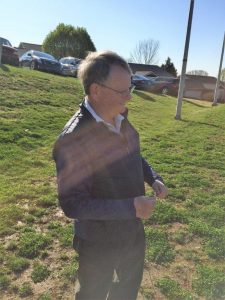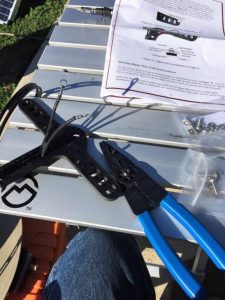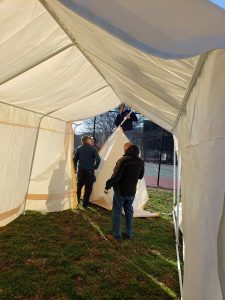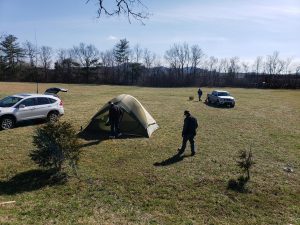During the preparations for Field Day 2018, Carl KB9DKR had talked about the “moonshot” possibility of WCARES breaking into the Top 10 list in QST Magazine. Well, the results are in and we did it! WCARES placed 9th overall out of 2903 groups participating with a score of 14290 and we were 1st among the 186 EOCs that took part this year.
A HUGE thanks to Cliff, N4CCB and Carl, KB9DKR who inspired us and coordinated and managed our effort this year along with all the station captains – Jeff and Peter (SSB), Tim and Cliff (CW), Phil (Digital), Al (VHF), Janise and Joe (GOTA), Jon and Jason (Satellite), Dave (fantastic Welcome Table) – and everyone who participated or volunteered to help.
We’d also like to thank Commissioner Dana Ausbrooks, of course Bill Jorgensen, Director of Williamson County Office of Public Safety and our EC, Randy Moore, KK4SRO along with the many visitors and GOTA participants for taking part and making this possible.
The December issue of QST has all the 2018 Field Day results, starting on page 71.
Pictures from WCARES 2018 Field Day.

















































